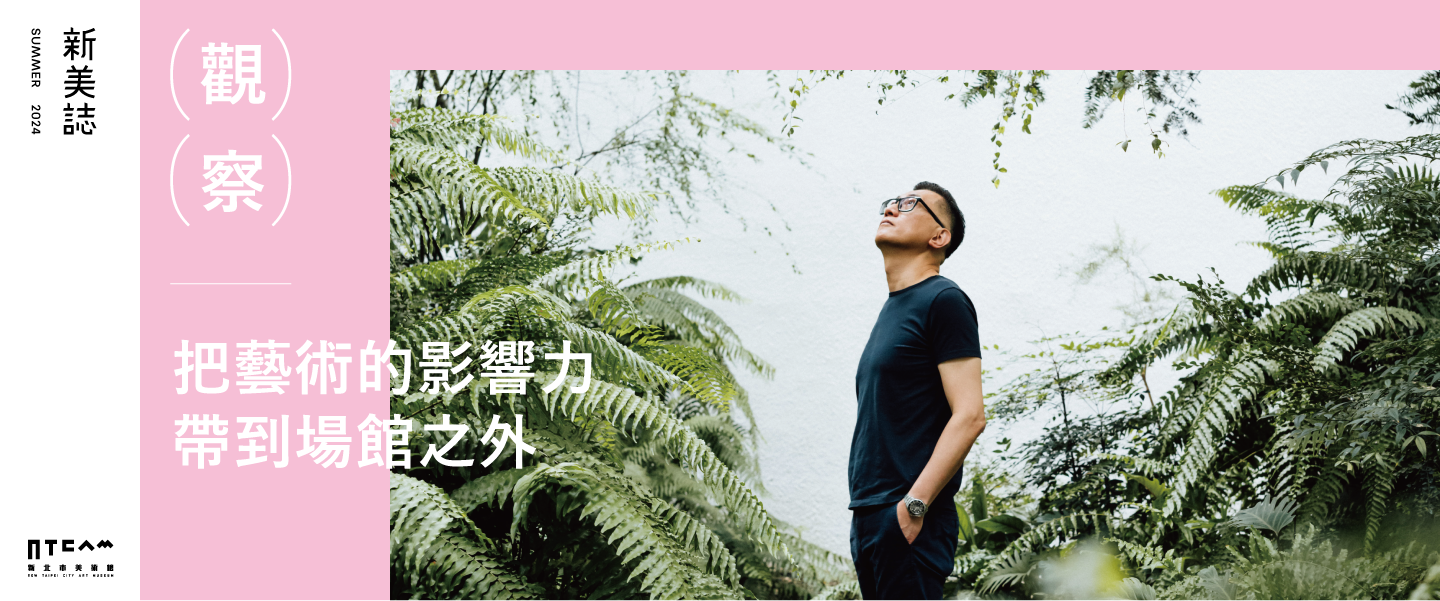In art venues, the evolution of space not only reflects the development of art forms but also profoundly affects the audience’s viewing experience and the methods of artistic creation. From the opulent palace-like museums in the classical period, to the modernist “white cube” spaces and the “black box” spaces dedicated to technology and multimedia art, spatial design continues to advance, resonating with the diversity of artistic dialogues and the significance of publicness.
Since the 1969 exhibition “Live in Your Head: When Attitudes Become Form” curated by Harald Szeemann, conceptual, performative, and experimental works have challenged the boundaries of the white cube. With technological advancements, the emergence of the “black box” has made projection and lighting mediums for exhibition, as these dim spaces more effectively present the images and sounds of multimedia works. However, contemporary art is not confined to specific physical spaces; through the public “gray box,” such as the Gallery 3C, and interdisciplinary “TFAM on the Move: The Ever-Present Confucius” project, institutions such as Taipei Fine Arts Museum actively engage with communities, expanding the boundaries of art’s influence.
“The Weather Project” by artist Ólafur Elíasson at Tate Modern proves to be another example, where an installation that creates the illusion of a sun prompts viewers to reflect on the relationship between themselves and nature. Such works not only seek aesthetic experiences but also foster discussions on environmental issues, highlighting the functionality and inspiration of art in society.
From the white cube to the black box and then to the gray box, the spatial design and exhibition strategies of art venues continue to evolve to meet the challenges and needs of different eras and art forms. What’s crucial is that these changes not only influence how audiences perceive art but also deepen the interaction between art and society, catalyzing new forms of cross-disciplinary collaborations and public participation.
2024|AUGUST
Expanding Art’s Influence Beyond Museums
Share to
